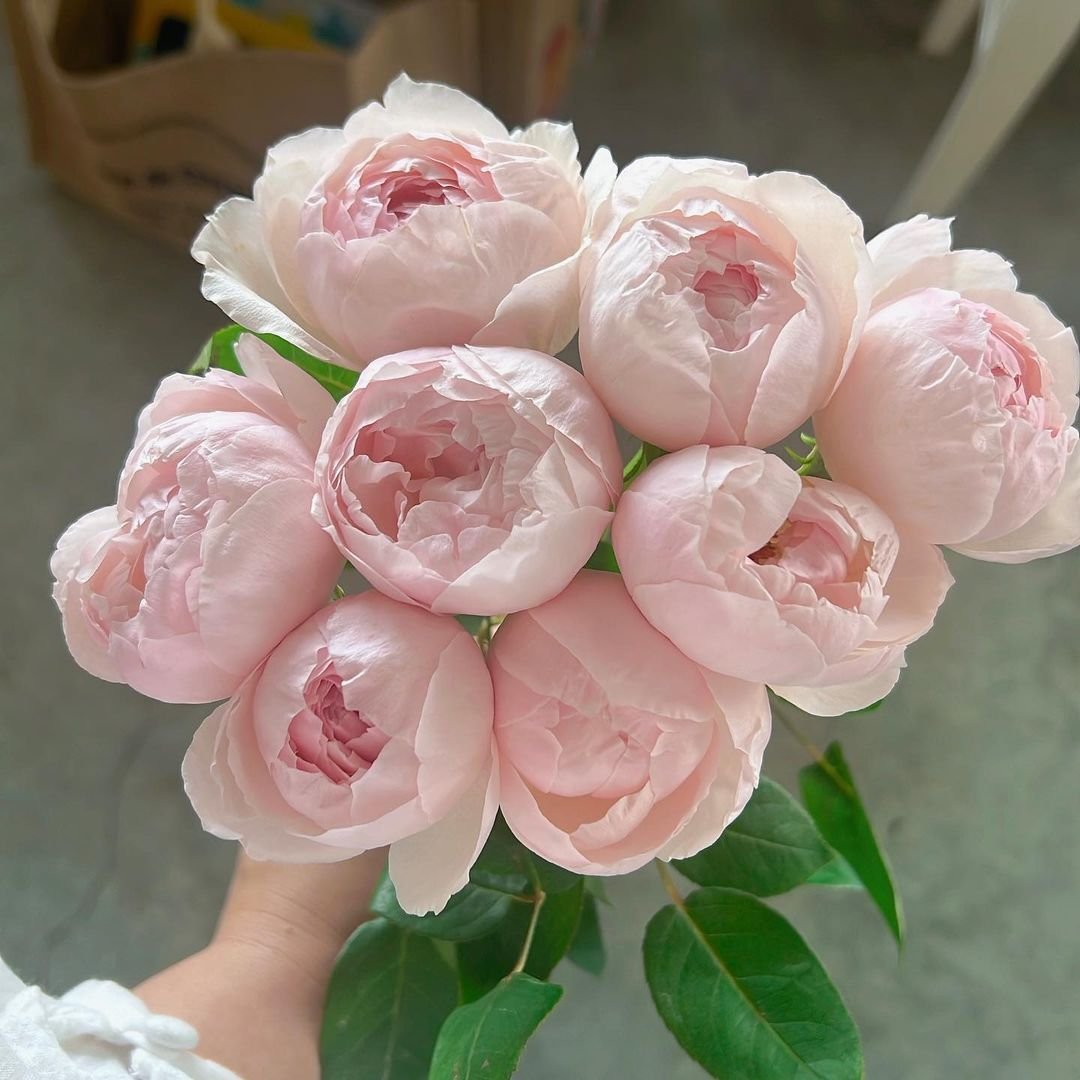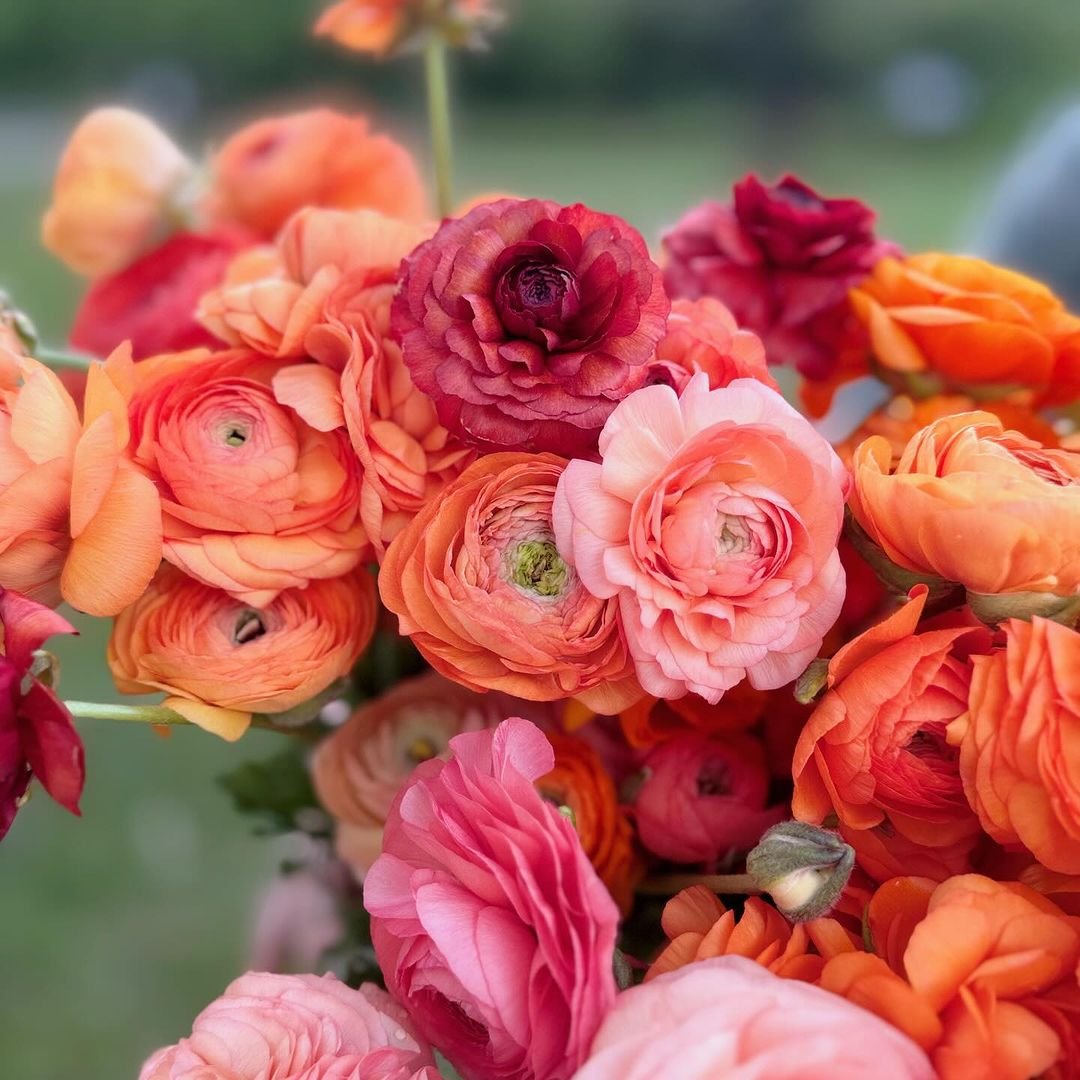Compare Peonies vs Ranunculus to discover the best choice for your garden. Learn about their differences, planting tips and care to enjoy these stunning flowers.
When it comes to creating a stunning garden, Peonies vs Ranunculus are two popular choices that can add charm and elegance to any floral arrangement. Both flowers are known for their beauty, but they have distinct characteristics that set them apart. In this article, we’ll compare these two beautiful blooms to help you decide which one might be best for your garden.
What are Peonies?

Here is a chart with detailed information on Peonies:
| Category | Information |
|---|---|
| Botanical Name | Paeonia |
| Common Name | Peony |
| Plant Type | Herbaceous Perennial (Tree Peonies are Woody Shrubs) |
| Hardiness Zone | 3-8 |
| Sun Exposure | Full Sun to Partial Shade |
| Soil Type | Well-drained, Rich, Moist |
| Watering | Regular, Allow Topsoil to Dry Between Watering |
| Growth Habit | Upright, Bushy |
| Height/Spread | 2-4 feet tall / 2-3 feet wide |
| Special Features | Fragrant Blooms, Long-Lived, Attracts Pollinators, Excellent Cut Flowers, Deer Resistant |
Peonies are large, showy flowers that have been cherished for centuries. They’re known for their lush, full blooms and sweet fragrance. Peonies come in various colors, including white, pink, red, and even yellow.
Key Features of Peonies:
- Large, full blooms
- Strong, sweet fragrance
- Long-lived perennials (can live for decades)
- Bloom in late spring to early summer
What are Ranunculus?

Here is a chart with detailed information on Ranunculus:
| Category | Information |
|---|---|
| Botanical Name | Ranunculus asiaticus |
| Common Name | Ranunculus, Persian Buttercup |
| Plant Type | Perennial (Often Grown as an Annual in Cooler Climates) |
| Hardiness Zone | 8-11 (Can be grown as an annual in zones 3-7) |
| Sun Exposure | Full Sun |
| Soil Type | Well-drained, Sandy or Loamy |
| Watering | Moderate, Keep Soil Moist but Not Waterlogged |
| Growth Habit | Upright, Clumping |
| Height/Spread | 12-24 inches tall / 6-12 inches wide |
| Special Features | Rose-Like Blooms, Wide Variety of Colors, Long-Lasting Cut Flowers, Excellent for Container Gardening, Low Maintenance |
Ranunculus, also known as Persian buttercups, are smaller flowers with delicate, layered petals. They have a rose-like appearance and come in a wide range of colors, from soft pastels to vibrant hues.
Key Features of Ranunculus:
- Smaller, more delicate blooms
- Rose-like appearance
- Wide color variety
- Bloom in spring
Appearance Comparison
Peonies:
- Large, fluffy blooms (up to 10 inches in diameter)
- Rounded shape
- Fewer stems per plant, but each stem is sturdy
- Lush, full appearance
Ranunculus:
- Smaller blooms (2-5 inches in diameter)
- Layered petals resembling roses or camellias
- Multiple stems per plant
- Delicate, elegant appearance
Growing Conditions
Peonies:
- Hardy in USDA zones 3-8
- Prefer full sun to partial shade
- Need well-draining soil
- Require cold winters for dormancy
Ranunculus:
- Hardy in USDA zones 8-10 (grown as annuals in colder climates)
- Prefer full sun
- Need well-draining soil
- Thrive in cool spring temperatures
Planting and Care
Planting Peonies:
- Plant in fall, 6-8 weeks before the ground freezes
- Dig a hole about 2 feet deep and wide
- Place the peony root with eyes facing upward, no more than 2 inches below soil surface
- Water thoroughly after planting
Planting Ranunculus:
- Plant in fall (zones 8-10) or early spring (colder climates)
- Soak tubers in water for a few hours before planting
- Plant 2 inches deep and 4-6 inches apart
- Keep soil moist but not waterlogged
Watering and Fertilizing
Peonies:
- Water deeply once a week during growing season
- Apply a low-nitrogen fertilizer in spring
- Avoid overwatering, as it can lead to root rot
Ranunculus:
- Water regularly, keeping soil moist but not soggy
- Feed with a balanced, water-soluble fertilizer every 2-3 weeks
- Reduce watering when foliage begins to yellow
Blooming Period and Cut Flowers
Peonies:
- Bloom for about 7-10 days in late spring to early summer
- Make excellent cut flowers, lasting up to a week in a vase
- Cut when buds are soft and showing color
Ranunculus:
- Bloom for several weeks in spring
- Also great as cut flowers, lasting 5-7 days in a vase
- Cut when buds are showing color but not fully open
Pest and Disease Resistance
Peonies:
- Generally resistant to pests
- Can be susceptible to botrytis blight and powdery mildew
- Ants on buds are harmless and even beneficial
Ranunculus:
- Relatively pest-free
- Can be affected by root rot if overwatered
- May attract aphids in some cases
Choosing Between Peonies and Ranunculus
Consider these factors when deciding which flower to grow:
- Climate: Peonies need cold winters, while ranunculus prefer milder temperatures.
- Bloom time: Peonies bloom later than ranunculus.
- Size preference: Peonies have larger blooms, ranunculus are more delicate.
- Color range: Both offer various colors, but ranunculus have more vibrant options.
- Longevity: Peonies are long-lived perennials, while ranunculus are often grown as annuals.
Companion Planting
Both peonies and ranunculus can be beautifully paired with other flowers:
Peony Companions:
- Alliums
- Irises
- Lilies
- Catmint
Ranunculus Companions:
- Tulips
- Daffodils
- Anemones
- Sweet peas
Whether you choose peonies or ranunculus, both flowers can bring beauty and charm to your garden. Peonies offer large, fragrant blooms and long-term garden performance, while ranunculus provide delicate, rose-like flowers in a wide array of colors. Consider your climate, garden style, and personal preferences when making your choice. With proper care, either of these stunning blooms can become the highlight of your floral display.
Remember, the best garden often includes a variety of flowers. Why not try growing both peonies and ranunculus to enjoy their unique qualities throughout the spring and early summer?
Pingback: Peony Tattoo Meaning : A Comprehensive Guide to Its Symbolism and Significance
Pingback: Purple Honeysuckle : A Beautiful and Fragrant Addition to Your Garden - Gardener's School
Pingback: Zone 6 Perennials : Expert Guide to Hardy Flowering Plants